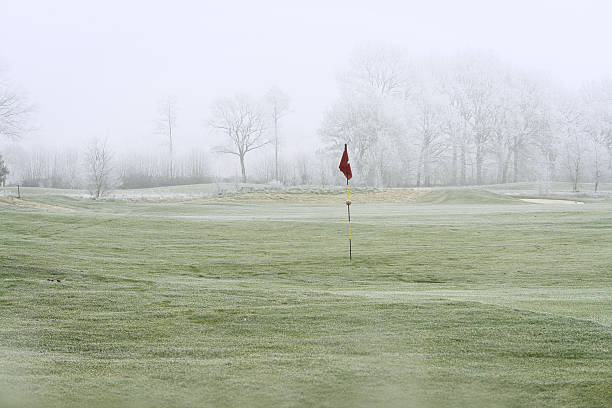The Importance of Seasonal Care
Maintaining premium turf grass isn't a one-size-fits-all approach. Different seasons present unique challenges and opportunities for turf management. By understanding the seasonal needs of your grass, you can ensure it remains healthy, vibrant, and resilient throughout the year.
Spring: Awakening Your Turf
As temperatures rise and growth resumes, spring is the perfect time to set your turf up for success:
- Early Spring Cleanup: Remove winter debris and thatch buildup that can inhibit growth
- Soil Testing: Conduct soil analysis to determine pH and nutrient levels before applying treatments
- Proper Aeration: Core aeration helps water and nutrients penetrate deep into the root zone
- Controlled Fertilization: Apply spring fertilizer formulated for growth stimulation, not excessive nitrogen
- Weed Control: Address early season weeds before they establish
Summer: Managing Stress and Heat
Summer brings the biggest challenges for turf health. High temperatures, foot traffic, and extended use put significant stress on grass:
- Deep Watering: Water deeply and less frequently to encourage deep root development. Early morning watering reduces disease pressure
- Proper Mowing Height: Keep grass at 3-4 inches to shade soil and reduce water loss. Never remove more than 1/3 of the blade
- Disease Monitoring: Watch for signs of fungal disease in humid conditions and address quickly
- Traffic Management: Rotate play patterns on sports fields to prevent wear patterns
- Minimal Maintenance: Avoid unnecessary treatments during peak heat stress
Fall: Preparing for Dormancy
Fall is perhaps the most critical season for turf development. Cool-season grasses enter their most vigorous growth phase:
- Fall Fertilization: Apply potassium and phosphorus-rich formulas to strengthen root systems
- Overseed Thin Areas: Introduce new seed into damaged or thin spots while soil temperatures favor germination
- Continue Aeration: Fall aeration enhances root development when grass is actively growing
- Reduce Mowing Height Gradually: Lower cutting height as growth slows to eliminate stress
- Leaf Management: Remove excessive leaves to prevent snow mold and disease
Winter: Dormancy and Protection
While your turf appears inactive, important biological processes continue beneath the surface:
- Minimal Traffic: Restrict play and maintenance activities to protect dormant grass
- Snow and Ice Management: Remove snow buildup and use ice melt products carefully to avoid salt damage
- Plan for Spring: Use downtime to assess performance and plan spring maintenance
- Equipment Maintenance: Service equipment while it's not in use
- Disease Monitoring: Watch for snow mold and other winter diseases
The Foundation: Professional Fumigation
All seasonal care efforts build upon the foundation created by professional soil fumigation. When soil has been properly treated to eliminate pathogens, nematodes, and other harmful organisms, turf responds better to management practices and recovers faster from stress.
Professional fumigation gives your turf a "biological reset" that makes seasonal maintenance more effective and your investment in quality grass more rewarding.
Customizing Your Program
Every turf situation is unique. Factors affecting your seasonal program include:
- Grass species and blend composition
- Local climate and microclimate factors
- Soil type and condition
- Use intensity (golf course vs. residential lawn)
- Budget and resource availability
Working with experienced professionals ensures your seasonal maintenance aligns perfectly with your specific situation and goals.
Achieve Year-Round Turf Excellence
Whether you're managing a championship golf course, athletic field, or premium residential lawn, understanding and implementing proper seasonal care creates the conditions for turf that performs and looks its best throughout the year. Let Smoking Turf help you develop and execute a comprehensive maintenance program tailored to your specific needs.
Schedule Your Consultation